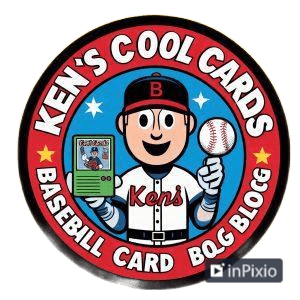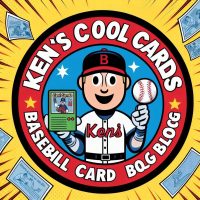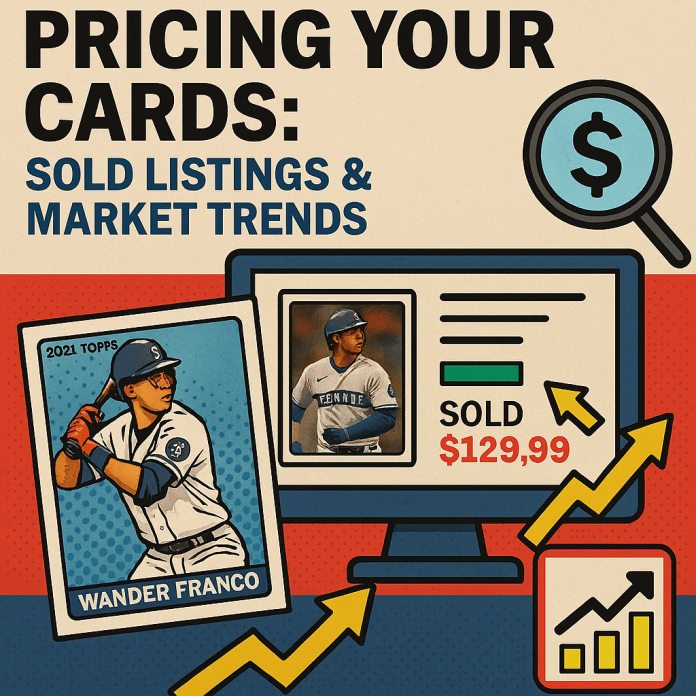So you’ve nailed your listing with crisp photos and a magnetic title—now it’s time to price like a pro. Get this wrong, and your cards will collect digital dust. Price it right, and you’ll turn those cardboard gems into cash before the next game starts. Here’s how to research comps and ride market waves to set competitive prices.
🔍 Step 1: Tap into eBay’s Sold Listings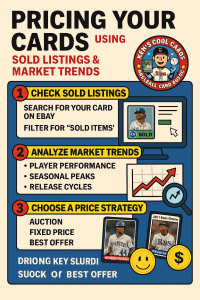
Active listings show what sellers want. Sold listings reveal what buyers paid.
- Search your exact card (e.g., “2021 Topps Chrome Wander Franco RC #Prospect”).
- Under filters, check “Sold Items” and “Completed Items.”
- Sort by “Most Recent” to capture today’s market.
Pro Tip: Compare like-for-like—raw vs. graded, NM vs. EX—and note shipping-inclusive totals.
📊 Step 2: Analyze Market Trends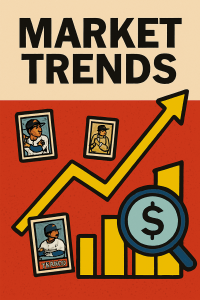
Card values move faster than a fastball. Stay ahead by monitoring:
- Player Performance: A breakout series or a rookie debut can send prices sky-high.
- Seasonal Peaks: Spring Training and playoff races spark buying frenzies.
- Release Cycles: New product drops often dampen demand for older sets.
Tools to use:
- Card Ladder or Market Movers for price charts on graded cards
- Twitter/X hashtags (e.g., #cardstox) to gauge collector buzz
- eBay Watchlist to track price shifts on your own listings
🧮 Step 3: Choose a Pricing Strategy
With data in hand, pick the approach that matches your card’s vibe:
| Strategy | Best For | Tactics |
|---|---|---|
| Auction | Hot rookies or trending stars | Start low, set a reserve, highlight rarity |
| Fixed Price | Niche or long-tail demand cards | Price at comps’ high end + offer Best Offer |
| Tiered Pricing | Multiple copies or multi-card lots | Bundle deals, quantity discounts |
Ken’s Tip: If recent sales hover around $20, list at $24.99 with “Best Offer.” You’ll attract impulse bids and still have room to negotiate.
🧠 Final Thoughts from Ken
Pricing isn’t just numbers—it’s psychology and timing. Master comps, watch the trends, and adjust swiftly. With practice, you’ll spot underpriced treasures and avoid listing your rookies at yesterday’s prices.
